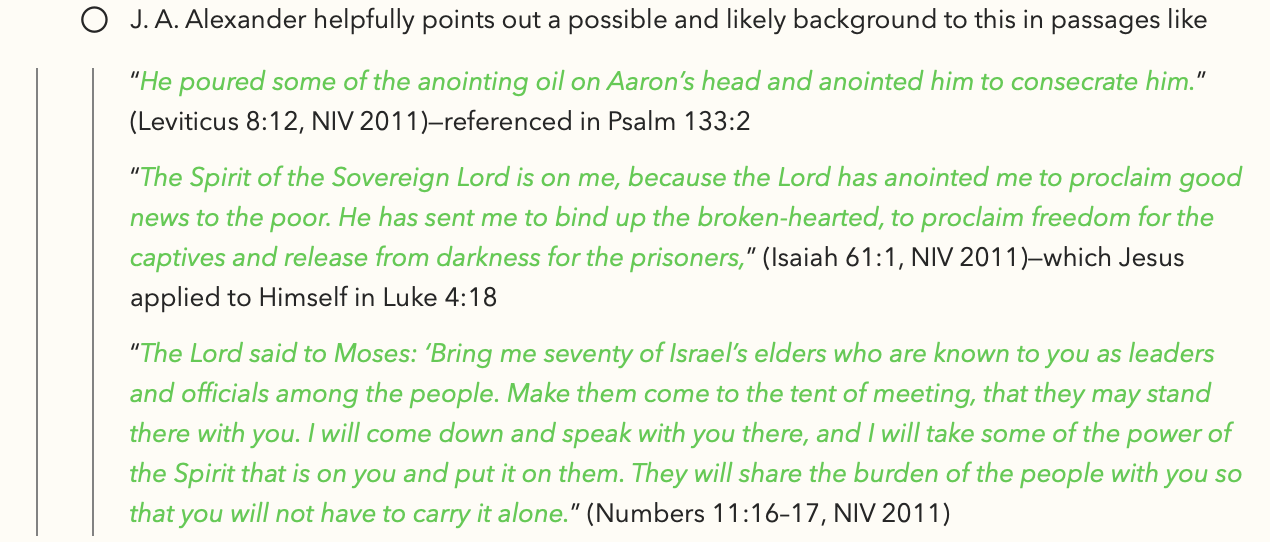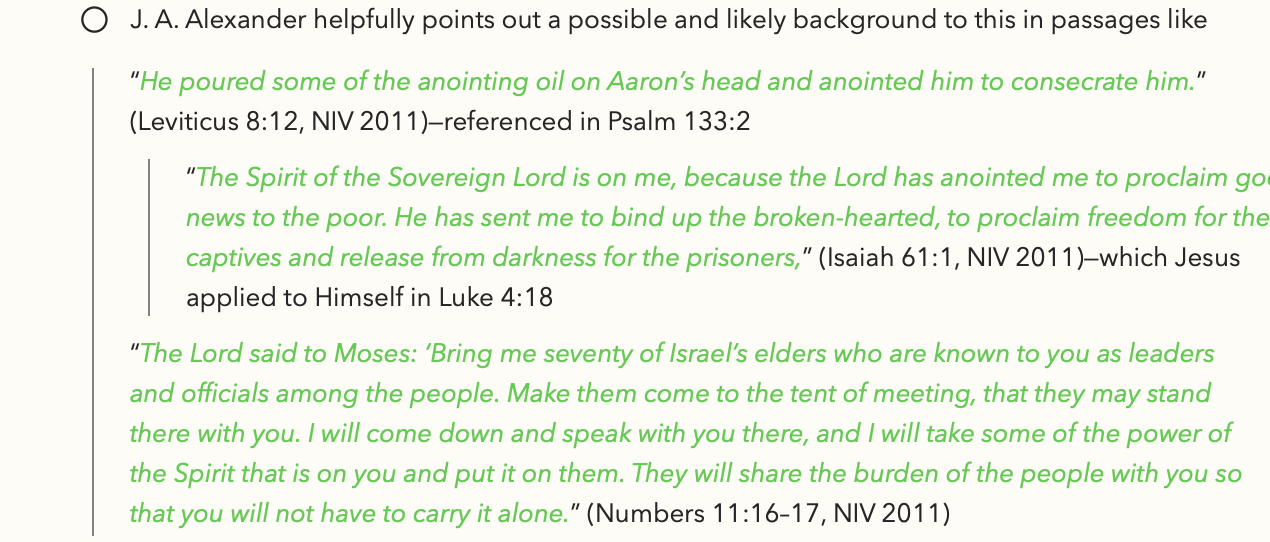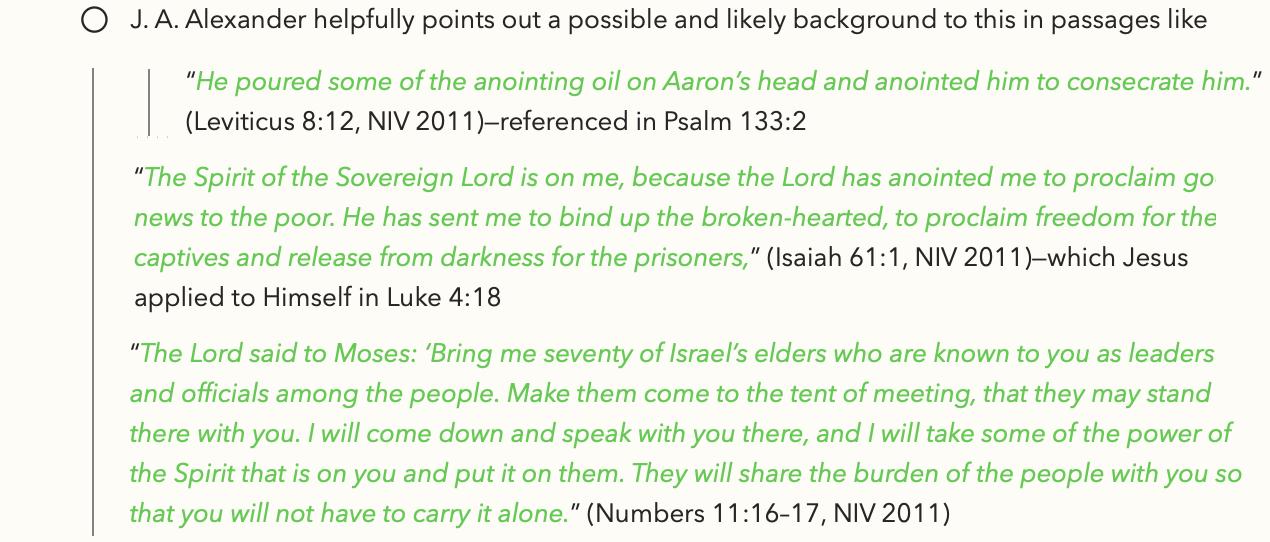Hello, I like the new formatting options, thank you! I have begun using them in earnest. I have encountered what may be a formatting problem with block-quotes (see double vertical lines in attached picture). This occurs when the quote is not on the first level, but second, third indentation.
This is actually intended behaviour, the block quotes use indentation to indicate level of quotation, for example:
Yes, no problem
Alex wrote: Are you ok with the proposal?
If you de-indent (cmd-[) it should remove the first vertical line. I can see however why you expect it to work different, I’d have to check if it’s possible to take the indentation level of the preceding paragraph into account.
Thanks for your reply. I was wondering if it’s intended to be like that. My preference would be not to have the lines indicate the level of indentation, as it would look neater. Also, highlights don’t follow indentation, but go all the way back to the edge of the screen if the text flows into the next line. These two features together result in strange looking notes.
Without the lines, the whole concept of block quotes would not be needed, it’s meant to be a visual indication of a quote, the moment we remove the lines you can just as well use body text and just indentation (which is also an option here if you prefer not to have the lines, simply go to body text and indent that).
The highlighting across lines will always have this effect alas, that’s a limitation of the text system, and again will also happen if you just use body text.
The problem is not with the presence of the line to indicate the block quote: that, as you say, serves a purpose. What I query is the usefulness of the number of lines to correspond to the level of indentation. It is useful at times (chain quotes, e.g. in emails), and not at others, e.g. when you want to simply insert a quote but not on the first level. But it’s just a different approach I suppose.
I wasn’t aware that the highlighting behaviour is due to limitation of the text system, thanks for clearing that up.
Ah, ok, in that case I think the solution I have in mind will solve your issue. We both agree that in the example you’ve shown a single line is preferred over a double one. That doesn’t mean that you could still further indent to gain additional lines should you choose to do so (e.g. to indicate different answer/response email conversations), it simply needs to keep the original indentation level into account.
To better illustrate, this is what I would like to do instead of the current setup:
(only if you decide to add an additional indentation to the second quote of course)
Yes, I think this would work very well.
It looks like a “nested block quote”, where lines only appear on different levels of the quotes. But the first quote is marked by a single line, regardless of the level it is—did I get this right?
Exactly, it would always start counting from the indentation it starts off from. That is, it would actually start with 2 lines if you would decide to immediately add indentation to that first quote:
but in your example it would like this:
Great, thanks! Looking forward to seeing this implemented 
 that only leaves the hard part
that only leaves the hard part 
Update: in Agenda 16.1 the block quote lines should now be drawn as we had previously discussed, i.e. ignoring the indentation of the preceding paragraph.
Great, thanks!




